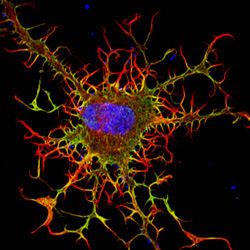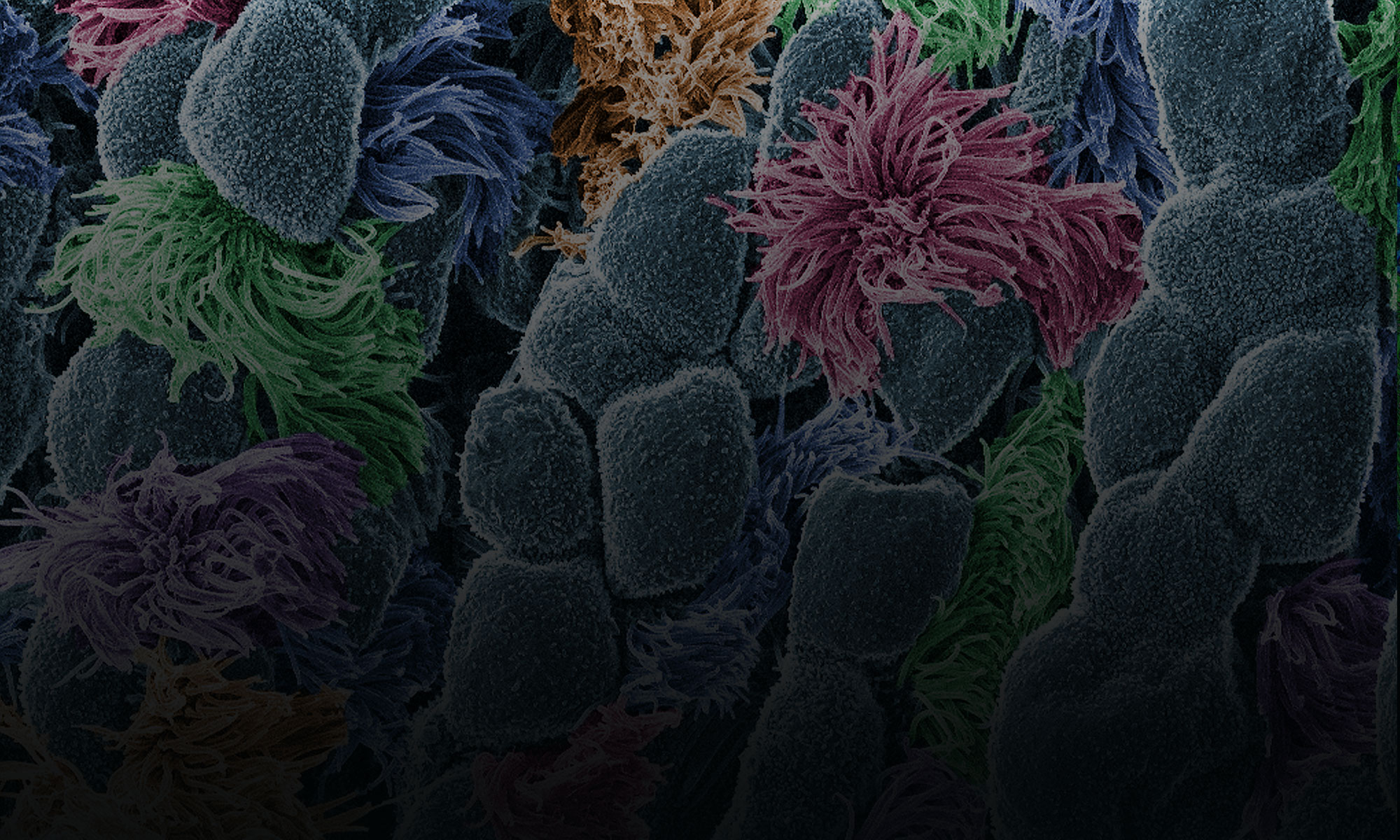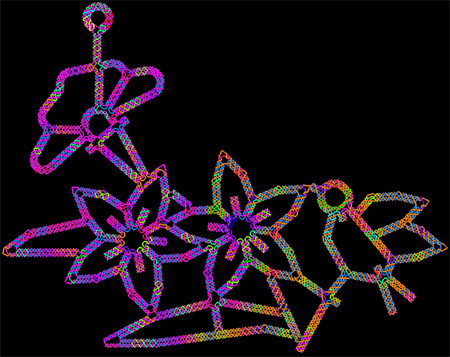As Halloween approaches, we turned up some spectral images from our gallery. The collection below highlights some spooky-sounding—but really important—biological topics that researchers are actively investigating to spur advances in medicine.



Biomedical Beat Blog – National Institute of General Medical Sciences
Follow the process of discovery
As Halloween approaches, we turned up some spectral images from our gallery. The collection below highlights some spooky-sounding—but really important—biological topics that researchers are actively investigating to spur advances in medicine.


When daylight savings time ends this Sunday, we’ll need to adjust every clock in our homes, cars and offices. Our internal clocks will need to adjust too.
The body has a master clock in the brain, as well as others in nearly every tissue and organ. These biological clocks drive circadian rhythms, the physical, mental and behavioral changes we experience on a roughly 24-hour cycle. Your hunger in the morning and sleepiness at night, for example, are caused partly by clock gears in motion. These gears can get out of synch with the day-night cycle when the time changes or when we travel through time zones.

A single, life-defining moment is what often influences our choice of career paths. But for Sharon Cobb, three significant events empowered her to want to produce a change in society for those affected by health disparities.
First, in high school, she was offered the chance to shadow an OB/GYN nurse practitioner at King/Drew Medical Center in Los Angeles. There, Cobb saw firsthand the need for health care among some of the city’s most vulnerable residents and the challenges involved in delivering that care. This experience led her to pursue a career in nursing. Continue reading “Meet Sharon Cobb: Aiming to Understand Pain in Aging African Americans”
Editor’s Note: This post originally appeared on our Feedback Loop blog. We’re sharing it here because we think you or others you know may be interested in participating in this science education event.
 On November 5, we’ll host my favorite NIGMS science education event: Cell Day! As in previous years, we hope this free, interactive Web chat geared for middle and high school students will spark interest in cell biology, biochemistry and research careers. Please help us spread the word by letting people in your local schools and communities know about this special event and encouraging them to register. It runs from 10 a.m. to 3 p.m. EST and is open to all.
On November 5, we’ll host my favorite NIGMS science education event: Cell Day! As in previous years, we hope this free, interactive Web chat geared for middle and high school students will spark interest in cell biology, biochemistry and research careers. Please help us spread the word by letting people in your local schools and communities know about this special event and encouraging them to register. It runs from 10 a.m. to 3 p.m. EST and is open to all.
As the moderator of these Cell Day chats, I’ve fielded a lot of great questions, including “Why are centrioles not found in plant cells?” and “If you cut a cell in half and then turn it upside down will the nucleus, ribosomes, and other parts of the cell fall out?” It’s always amazing to hear what science students are thinking or wondering about. I’m looking forward to seeing what fantastic questions we’ll get this year!

This image of flowers visited by a bird is made of DNA, the molecule that provides the genetic instructions for making living organisms. It shows the latest capability of a technique called DNA origami to precisely twist and fold DNA into complex arrangements, which might find future use in biomedical applications.
Continue reading “Cool Image: DNA Origami”